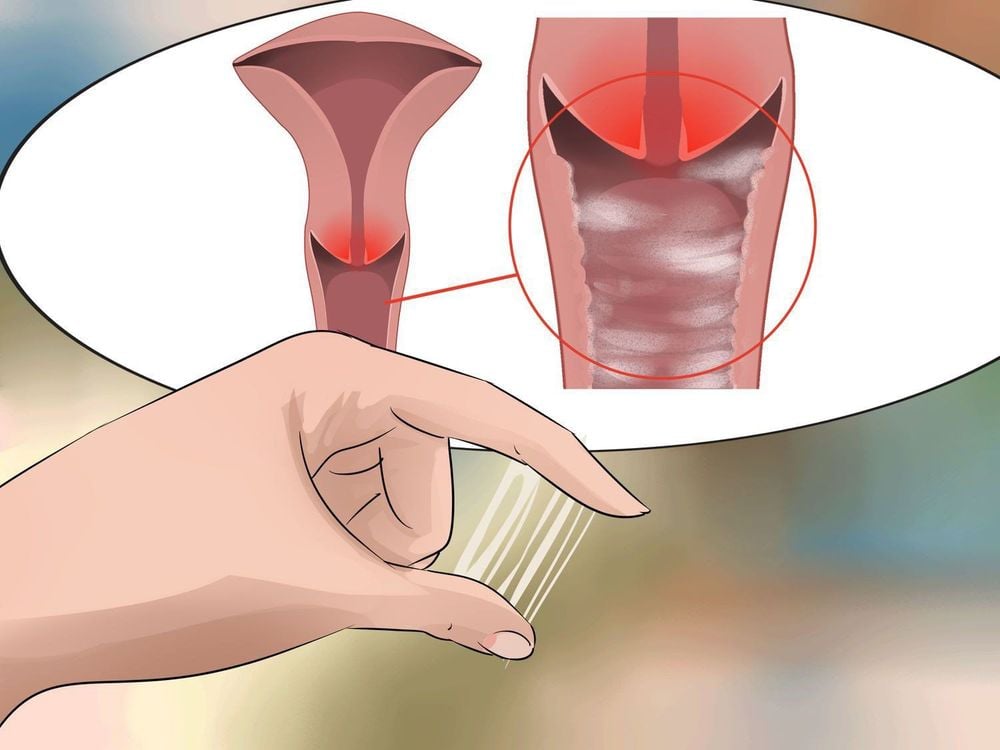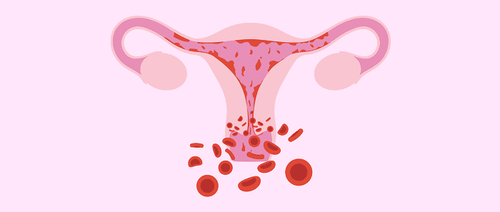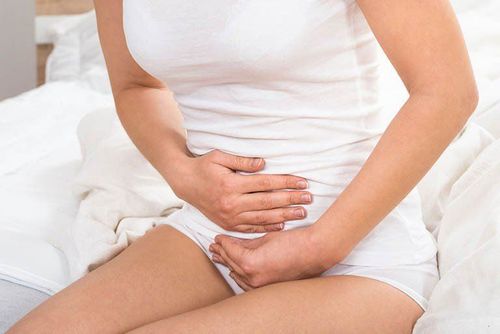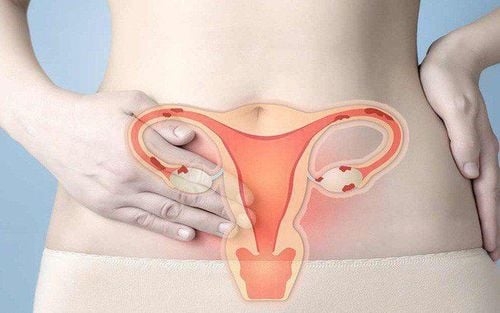This is an automatically translated article.
The article is professionally consulted by Specialist Doctor Department of Obstetrics and Gynecology - Vinmec Hai Phong International General Hospital.
Hysteroscopy is a procedure that uses assisted instruments - a tube with a small camera attached to it called a hysteroscope to look at the internal structure of the uterus (also known as the uterus). The laparoscope will be inserted through the vagina, into the uterus and transmitted images to a screen for the doctor to diagnose.
1. What to prepare before hysteroscopy?
Before performing hysteroscopy, patients need to inform their doctor if they are in the following cases:
I am pregnant or suspect that I am pregnant. Are being treated with any medication. History of allergy to any drug must be reported to the doctor. You have problems with blood clotting - stop bleeding or are taking anticoagulants such as aspirin or warfarin. Perform treatment of vaginal infections, uterus - vaginitis within the last 6 weeks. Currently suffering from some heart and lung diseases. It is best to perform a hysteroscopy when not in the menstrual cycle. Do not douche, use tampons, or vaginal suppositories for 24 hours before a hysteroscopy.

2. Hysteroscopy is performed in what order?
The doctor may use sedation to help the patient relax during the endoscopy or may use a local anesthetic, a partial anaesthetic, or a general anaesthetic.
To ease the procedure, the doctor will place a speculum into the vagina, then a laparoscope will be gently inserted through the cervix into the uterus. Carbon dioxide gas or a liquid (eg, saline) is injected through the laparoscope to dilate the uterus. That gas or liquid will help the doctor see the endometrium more clearly. The amount of fluid is carefully checked during the procedure.
Other instruments will be inserted through the endoscope for biopsies or other procedures (if needed).
3. Notes after hysteroscopy to diagnose disease
The patient can move around 6 - 12 hours after surgery. Because this is a hysteroscopy for diagnosis, the patient can eat, drink, and be discharged from the hospital after the procedure. If the patient is under general anesthesia, wait until the anesthetic wears off completely.
Patients may experience mild cramping or light bleeding for a few days after the procedure, however this is quite rare. Your doctor will give you medicine to ease the pain.
Especially, if the patient has fever, chills or heavy bleeding, contact the doctor immediately.

Please dial HOTLINE for more information or register for an appointment HERE. Download MyVinmec app to make appointments faster and to manage your bookings easily.













